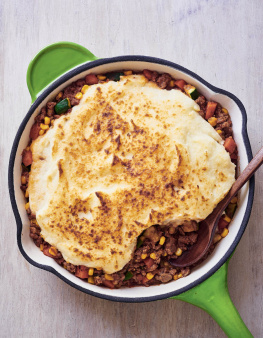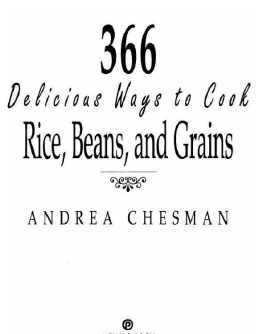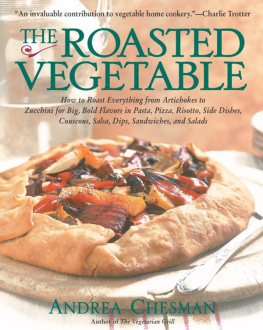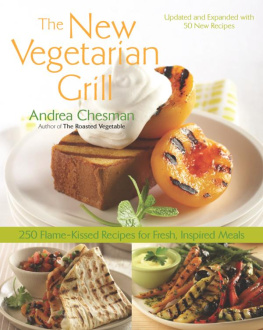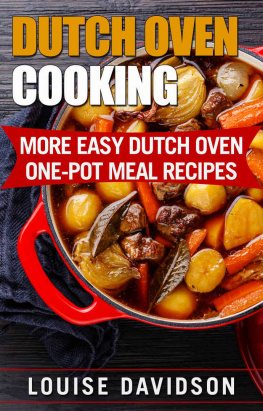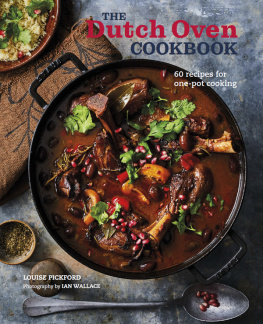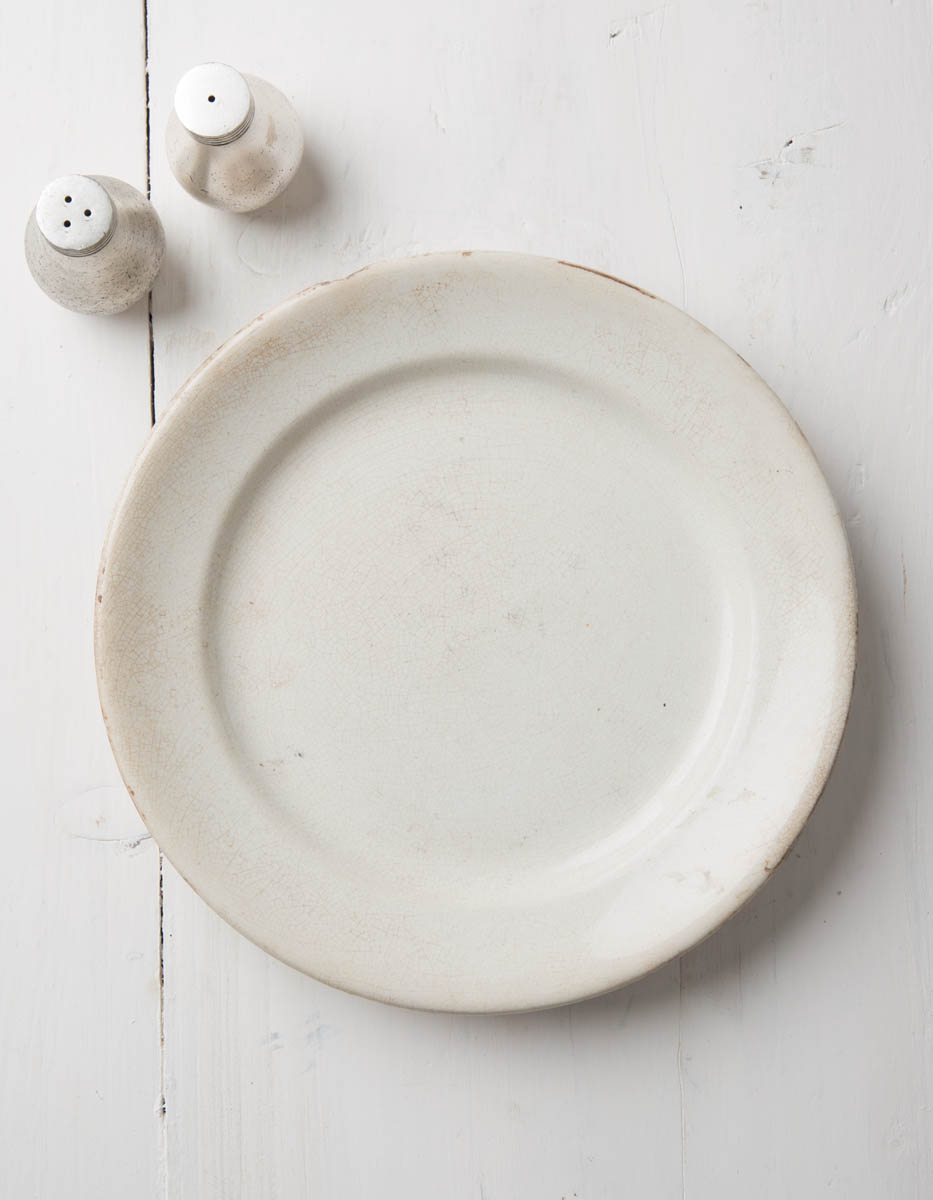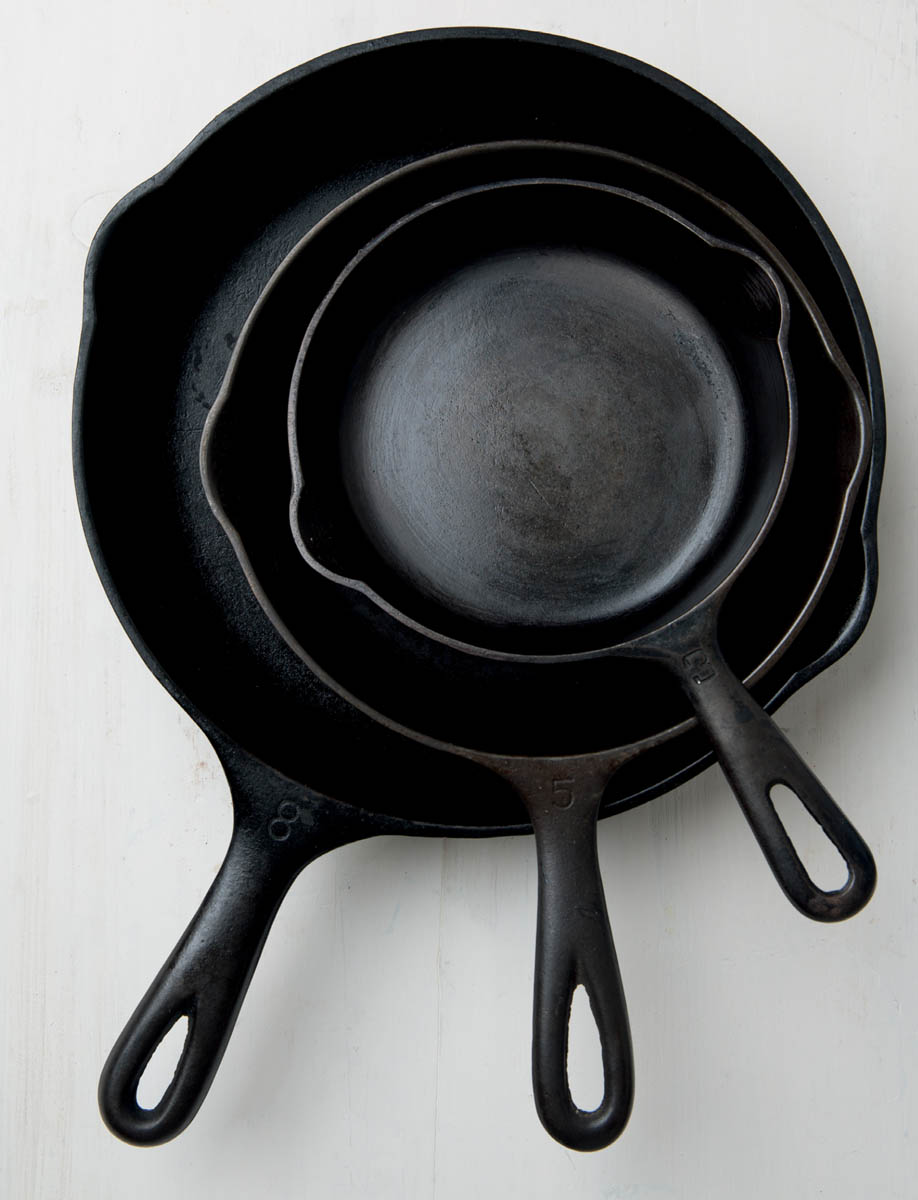Dedicated
To my family, always
Contents
Introduction:
One Dish Does It All
We all know what comfort food means: honest, simple dishes made from scratch, using quality ingredients. Its cooking that is heavy in comfort, familiar, and dependable no weird combinations, no challenging textures, no complicated procedures.
Your version of comfort food may be different from mine, though. When I was growing up, my mother started every single dish she cooked by sauting an onion in vegetable oil. Her chicken soup with matzoh balls may have been as foreign to you as your moms chicken and dumplings or tom yum soup would have been to me. Yet it is all instantly recognizable as comforting food, easily made at home.
America, it has been observed, is not really a melting pot. Its actually a huge potluck dinner, in which platters of roasted chicken beckon beside casseroles of pasta, mounds of tortillas, stew pots of gumbo, and skillets filled with pilafs of every imaginable color. And though all the delicious moussakas and curries and Chinese noodle dishes were once enjoyed only within specific immigrant enclaves, sometime within the past 50 years culinary borders between neighborhoods were breached, and home cooks started exploring the foods of other ethnic communities. Many of these dishes were one-pot meals: easy to make, easy to serve to families that scattered among meetings and work, school and Little League, music lessons and soccer games.
Early American One-Dish Dinners
Home cooks have always looked for easier ways to get a meal on the table. Early American cooking happened over the blistering heat of the wide-open kitchen fireplace, where an astonishing number of women met their untimely deaths when their long skirts and aprons caught fire. In those days, cooking was often done in a single pot that hung from a crane, slowly simmering, while women (who did most of the cooking then) went about doing a number of things: raising the children, tending the garden, cleaning the house, sewing the clothes, and attending to the livestock. There was much work to be done, and little time to be spent cooking.
From Dutch Ovens to Salad Bowls
From the Pilgrim hearth to the chuckwagon fire pit, much of what American cooks made was simmered or baked to perfection in a Dutch oven. The Dutch oven was developed in the early 18th century in England and Holland as a round-bottomed pot with flared sides that rested on three legs directly over live coals. It had a rimmed lid that was designed to hold more live coals and a handle for lifting or suspending the pot from a crane over the fire. When coals were placed on top of the lid, the heat surrounded the pot, and it was suitable for baking, as well as for cooking.
Dutch ovens were variously called bake ovens, bake kettles, and camp ovens, as well as the more common Dutch oven. Some historians believe that the name originated with German or Dutch peddlers who sold the cast-iron pots from their wagons. It is likely that the original cast-iron cookware was made in Holland and imported into England in the early 18th century, or it was manufactured in England and named after a Dutch casting technique that was patented in England in 1708.
Skillets, or frying pans, were also first made with legs, but like Dutch ovens, later became flat bottomed and lost the legs as the cookstove evolved. These were also made of cast iron and could go from stove to tabletop. The skillet was especially useful for frying everything from the morning's eggs to Sunday's fried chicken, as well as for baking cornbread and making roux for a gumbo.
Casseroles were once defined as a dish or pot in which food is baked and, often, served. The word, which may also refer to the food itself, is from the French and was first printed in English in 1708. Cooking in such dishes is rather ubiquitous. The idea of the casserole as a one-dish meal became popular in the United States around World War II, when all sorts of easy-to-prepare foods became popular. The 1943 edition of The Joy of Cooking by Irma S. Rombauer called Tuna, Noodle, and Mushroom Soup Casserole an excellent emergency dish. Cookbooks of the 50s, 60s, and 70s were filled with all manner of canned condensed soup and noodle mixes.
Today, home cooks in search of simplicity are just as likely to reach for salad bowls when feeding their families as soup pots or casseroles. Ever since pasta salads replaced tuna-macaroni salads on salad bars, we have made hearty salads for dinner. Interestingly, many of these salads are based on hot-dish classics. It turns out that rice and beans with the addition of a citrus-based vinaigrette makes a terrific one-dish salad supper. Curried chicken can be served cold with a chutney-based salad dressing. Chinese noodle dishes make excellent pasta salads dressed with soy-based vinaigrettes.
This collection of recipes looks both to the past and the present. It presents one-dish meals suited to todays busy cooks. Some soups and stews involve long simmering on the back of the stove or in the oven, largely unattended. These are good for weekend meals. The skillet suppers are all quickly made from scratch, most of them in well under an hour. Likewise, the salad suppers can be whipped together quickly. Its all good home cooking, with an eye on the clock.
One-Dish Tip:
Caring for and Seasoning Cast Iron
To season new cast iron, or to reseason an older pan, wash the pan in soapy water. Dry thoroughly. Brush the inside of the pan with a flavorless cooking oil or lard. Then add enough fat to measure inch deep in the pan. Heat the pan for 1 hour in a 300F oven. Cool, pour out any excess fat, and wipe the pan clean with a paper towel.
Some people wash their cast-iron cookware in soap and water, dry the pan, and reseason it by brushing on more oil, heating briefly, then wiping the pan clean. However, if you do not use soap and water and simply wash the pan after use with a clean cloth, you can avoid this step. Burned-on foods can be released by scouring with salt before the pan is wiped clean. Cast iron will absorb food odors and flavors, so after cooking a strongly flavored dish, like curry, you may want to wash with soap and water and then reseason.
Cooking Advice
Some 30 years ago, when my sister was married, she expected to give all her bridesmaids jewelry as thanks for services rendered, but I coveted a wedding gift she planned to return to the department store a set of cast-iron skillets. She graciously presented me with the skillets, and I am happy to say both her marriage and my frying pans have endured.
Those skillets have accompanied me cross-country and back. They have been used to saut shrimp in city apartments and fresh-caught trout over campfires. They were used to test almost every recipe in of this book, and I expect to pass them on to one of my kids when Im no longer cooking for myself. Good cookware endures and inspires.
We dont have much extra time these days, so setting up a kitchen with the right cookware can make cooking go easily and smoothly. You dont need a lot of gadgets; you dont need a lot of different pots and pans. But do yourself a favor and buy the best that you can afford. If supper can be whipped together in minutes and cleaned up afterward so that you still have time for yourself or for playing with the kids, it will all be worth it.

